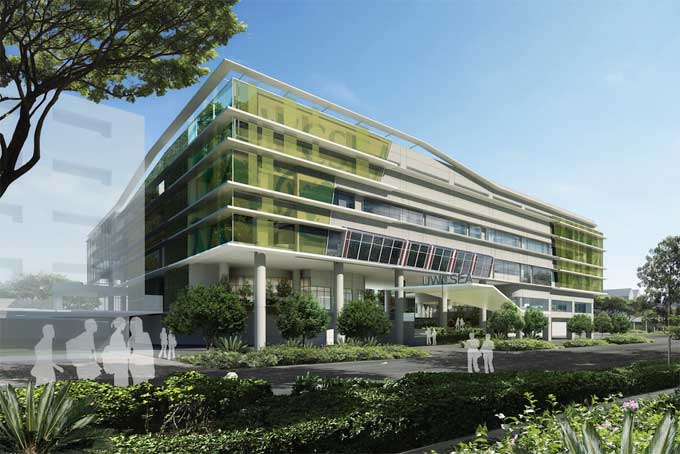Top 10 ways BIM makes Renewable Energy more Efficient
Tweet
Construction companies can plan and manage projects more efficiently using building information modeling (BIM). BIM facilitates the planning of construction projects. A 3D model facilitates the building process and makes it more efficient. The benefits of BIM extend from resolving conflicts to offering new opportunities.
Construction companies are increasingly using BIM. At the same time, renewable energy is in high demand. Building Information Modeling Offers a key way to enforce sustainability as renewable energy is becoming a focal point for buildings.
1. Planning
Planning is at the core of BIM systems. Architects and contractors rely on these documents for vital information. Long-term energy efficiency is crucial to achieving optimal results. The upcoming years should see both renewable and efficient power options perform at their best. The best path can be chosen by experts bearing a long-term view in mind.
2. Modeling
Designing, planning, and modeling are the core functions of BIM. Contractors must take into consideration the energy impacts of the various plans and models when designing a building focused on renewable energy efficiency.
As a result, experts can see what effects of the design of a given building might have on its surrounding environment and community. That will allow them to pick an energy-efficient model.
3. Collaborating
Dozens of professionals such as urban planners and designers, architects, city planners, engineers, and contractors are involved in the building process. The ease of modeling and designing BIM allows professionals to work together more effectively.
Collaboration leads to more ideas for renewable energy. The focus is more likely to be on creating effective renewable when fewer ideas clash.
4. Processing
Construction will continue to be aided by BIM when the planning stage transitions to active construction. In the implementation and construction phase of a BIM project, they will utilize BIM's energy-efficient design. It is less likely that blueprints will be revised or renegotiated when projects complete faster. By making buildings and vehicles more energy-efficient, you can reduce our emissions and energy consumption.
5. Smart Building
It is important to consider smart building solutions when designing. Different types of renewable energy exist, such as solar power and designs that utilize the sun's energy.
Energy-saving products are another option for smart technology. Each device is crucial during the construction process, from HVAC systems to energy-efficient refrigerators.
When a model creates, all the impacts are taken into consideration so experts can see them.
6. Green Building
It is sometimes the infrastructure itself that offers the best solutions. By using natural light, you can reduce the need for energy-wasting artificial light. By compensating for sunrise and sunset times in a building's design, BIM can reduce heating and cooling costs.
A building's ability to achieve energy efficiency also determines by the materials it's constructed from.
7. Creating Maintenance Improvement
A power system's performance should remain the same over time regardless of how long it lasts. Nevertheless, other insights from BIM data provide insight into maintenance requirements.
Keeping a system running efficiently or repairing it can save you energy and money. Sustainable power options will need to be updated to remain efficient.
8. Reducing Errors
Similarly, BIM planning can reduce contractors' errors on the job as a result of its ability to facilitate faster processes. The project can be set back weeks or months if a mistake is made or unexpected obstacles are encountered. This dilemma becomes less common with efficient BIM planning. Thus, builders can reduce their energy usage.
9. Transparency Improvement
There are both social pressures and demands that are driving industries to adopt energy-efficient practices. Concrete plans and statistics can be provided by experts using BIM.
They can use that opportunity to show the public how committed they are to helping the environment. Transparency is another benefit of BIM. Energy plans can be seen and enhanced by each professional.
To get online demonstration, watch the following video tutorial.
Video Source: Microsol Resources
10. Energy Use Reduction
Electricity overconsumption and carbon emissions are significant factors in building performance. By consumption of electricity, these structures release 33% of greenhouse gas emissions.
In every aspect of planning and designing with BIM, these numbers reduce. It addresses each step, from production to usage, in BIM. Energy-efficient plans can reduce contractors' emissions on-site.

Gallery
Feel free to contact us for BIM requirements. One of our representative will respond you within 24 Hours. Send us your projects requirement today and grow your project.
Explore More !







